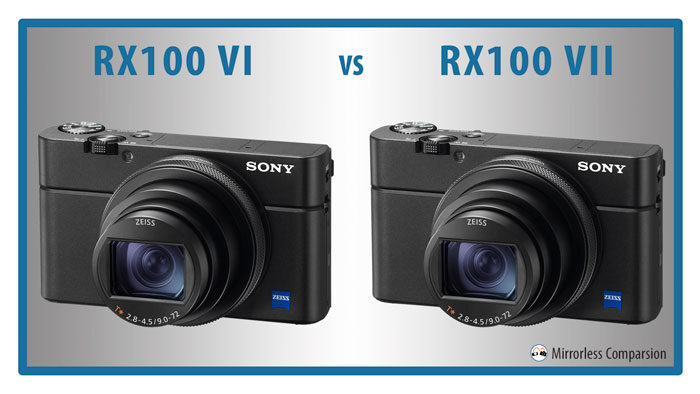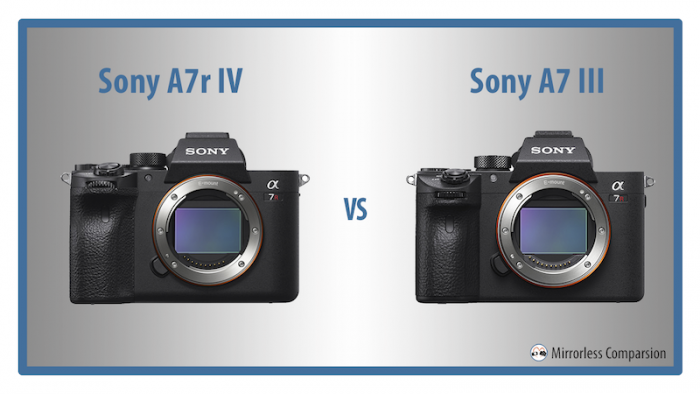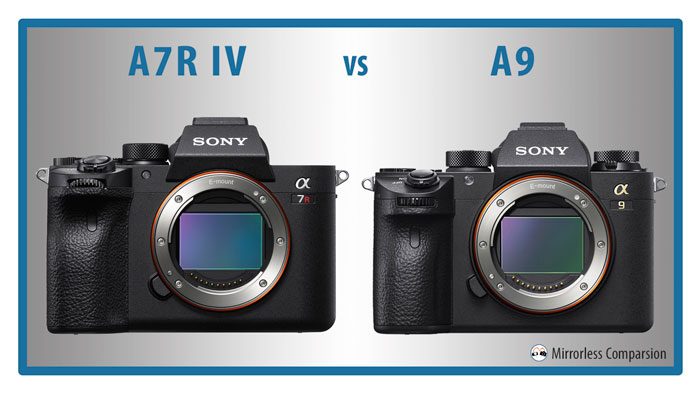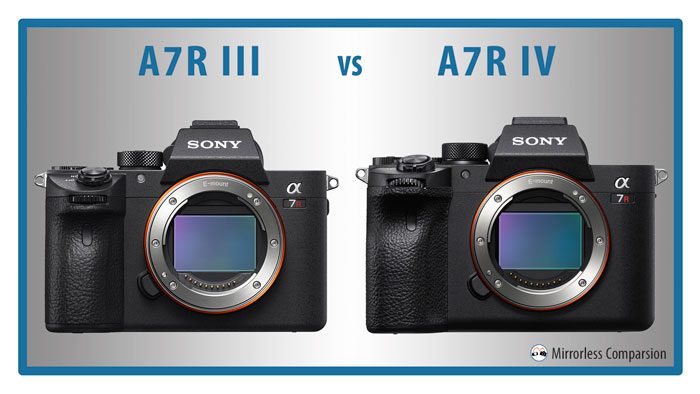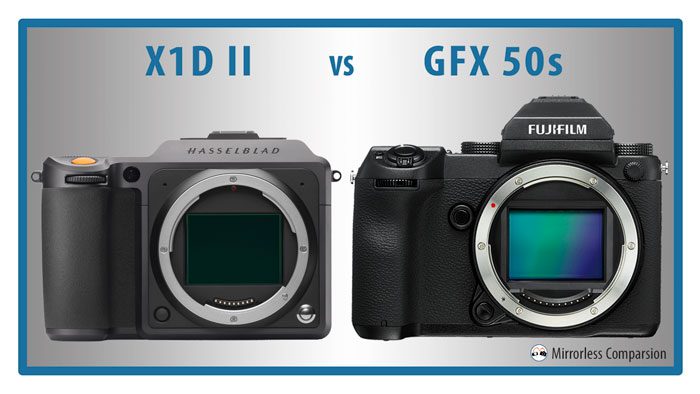The RX100 VII is the seventh model in the ever-evolving RX100 series. The RX100 VI was already a little monster in terms of speed and the mark VII can be considered a refinement of this model. It incorporates some technology from the flagship A9, as well as a few tweaks here and there that should please video-makers. If you’re curious to discover all the main differences between the two, then keep on reading!
Preview
Sony A7R IV vs A7 III – The 10 main differences
Over a year had elapsed since Sony last announced a full-frame Alpha series model, the incredibly popular A7 III. Last week, that all changed with the arrival of the fourth generation model in the high resolution A7R series, the A7R IV.
Despite the significant age gap, the A7R IV and A7 III are the two most recent full-frame models from Sony, so many users will naturally be wondering how their specifications compare – and more important, whether Sony has made a leap forward in terms of imaging technology. In this preview, we hope to provide you with all the answers!
Sony A7R IV vs A9 – The 10 main differences
The 61MP sensor of the new A7r IV is a first for the A7 series, and for full-frame cameras in general. Despite the impressive number of pixels the camera has to deal with, it maintains excellent speed capabilities that are only too familiar to A7 users.
But if we have to talk about speed, we can’t ignore the A9. The flagship has set a benchmark that has not yet been challenged in the full frame segment.
Sony A7R III vs A7R IV – The 10 main differences
The R line in the A7 series has always been about resolution. After using the same sensor in the past two models (A7R II and A7R III), Sony has unveiled a full frame camera with the world’s first 61MP chip. But is there more under the hood than just megapixels? Let’s find out!
Hasselblad X1D II vs Fujifilm GFX 50s – The 10 Main Differences
Hasselblad has announced the X1D II, the successor to the original X1D that inaugurated the brand’s mirrorless medium format system back in June 2016. The new camera isn’t revolutionary but it does improve the viewfinder and monitor resolution and promises a faster operating system.
The GFX 50s was Fujifilm’s first mirrorless medium format product, released in the same year as the X1D. The system has since expanded to include three models (the 50s, 50R and 100) but the 50s remains the most natural competitor for the Hasselblad, especially now that the Swedish brand has decided to cut the price of the X1D II to make it more competitive.

